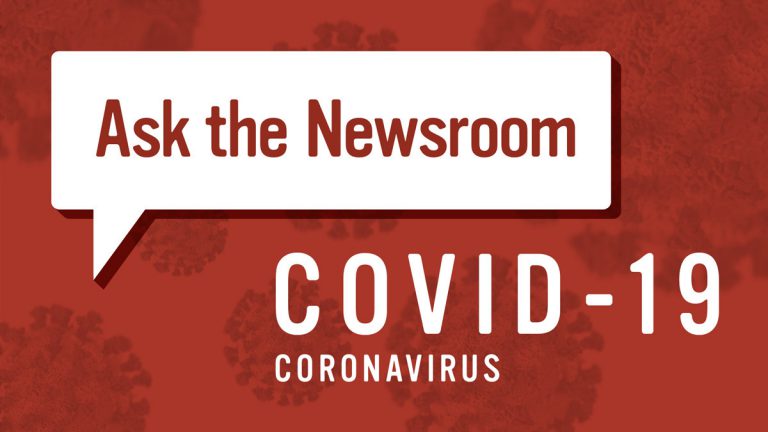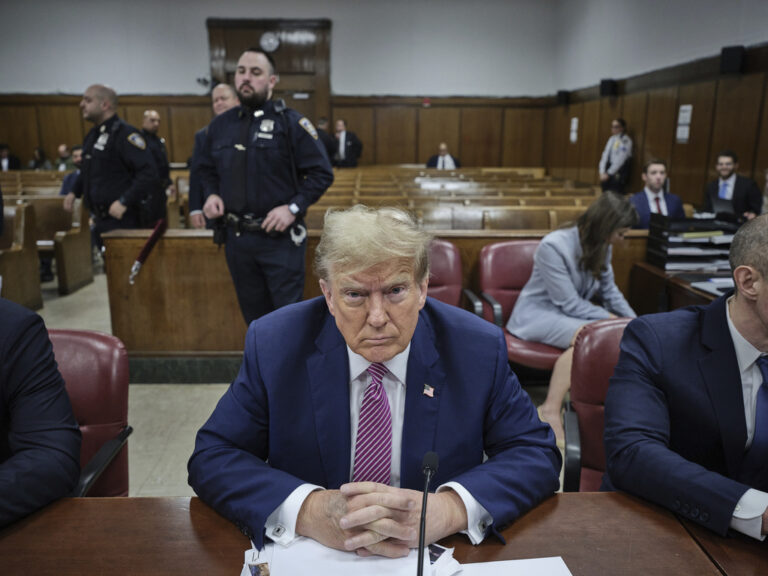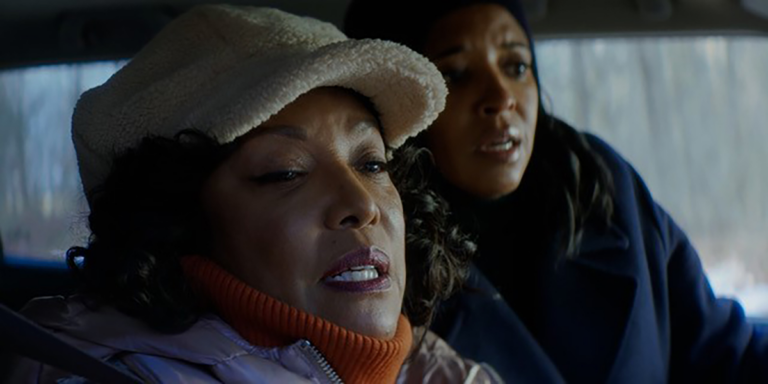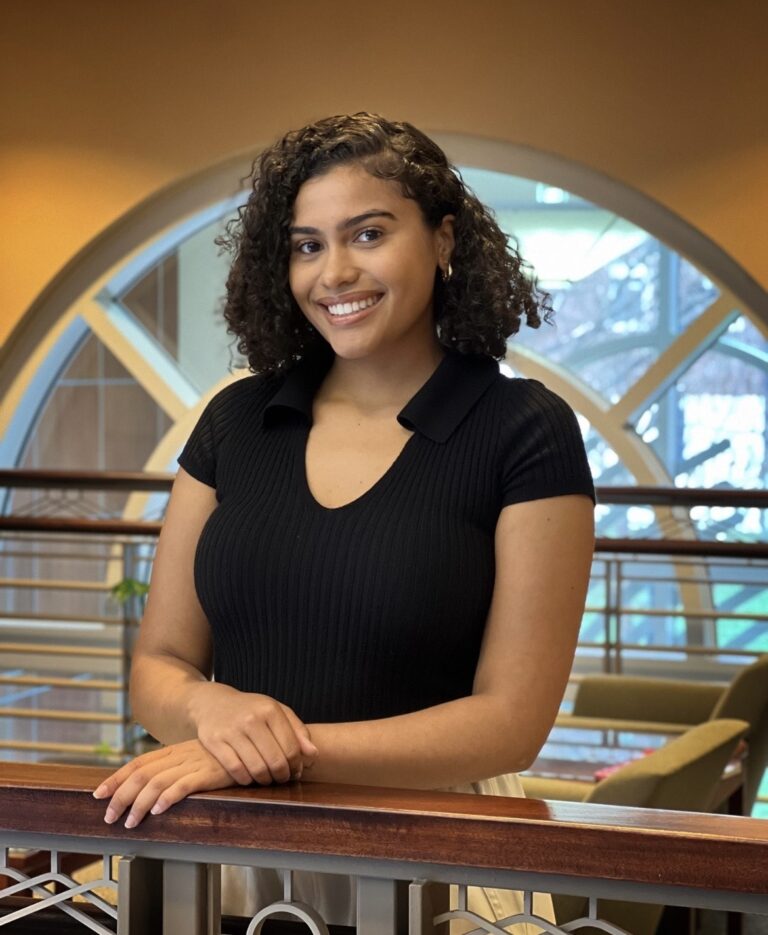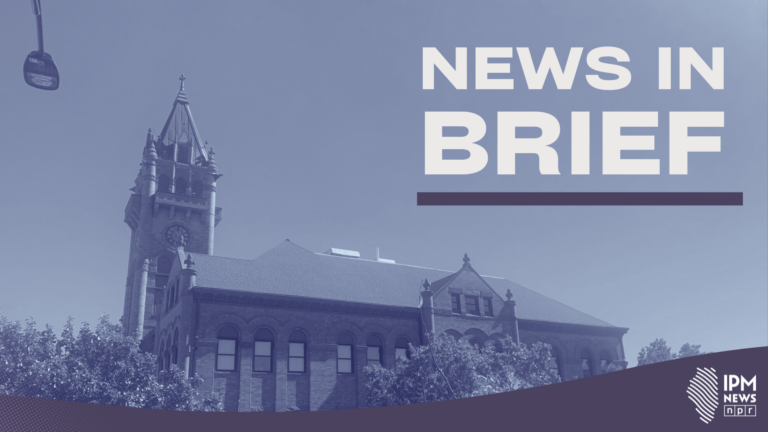The Illinois Newsroom team is answering questions to help Illinois residents navigate this unprecedented time. Have a question you want to be answered? Ask here.
Below you’ll find answers to questions about COVID-19 vaccines, schools and their response to the pandemic, as well as business and government aid.
Please note: This information is accurate as of Feb. 24, 2021.
COVID-19 Vaccines
Q: I am 81. Do I qualify for an early vaccine?
Yes. People aged 75 or older are included in Phase 1B of Illinois’ vaccination plan.
Phase 1A was reserved for healthcare personnel throughout the state, while citizens age 65 and older, residents of long-term care facilities, essential workers and people at high risk for severe COVID-19 symptoms are eligible for priority vaccinations according to the IDPH’s COVID-19 Vaccination Plan.
Because of scarce supplies, some older Americans may not be able to be vaccinated for several weeks. However, those with priority designations are now able to make vaccination appointments at participating health departments across Illinois.
– Farrah Anderson, Illinois Public Media
Q: How many vaccines have been administered to date in Illinois? Is the state aware of the fact that the vials of vaccines contain more than one dose?
As of Feb. 23, the Illinois Department of Public Health has administered more than 2.2 million doses of the COVID-19 vaccine. Nearly 600,000 people in Illinois have been fully vaccinated, representing 4.6% of the state’s population.
The health department’s vaccine administration page is updated daily, but the site says there may be delays because the data is self-reported by providers statewide.
The available COVID-19 vaccines require two shots to be fully effective. Both doses of the vaccine should be of the same vaccine type, produced by the same manufacturer, but not the same lot of the vaccine, according to IDPH.
– Vivian La, Illinois Public Media
COVID-19 Prevention
Q: How will the needs of special needs and multi-needs students be addressed?
Guidelines released by the Illinois State Board of Education outline strategies for maximizing learning for special needs students across all grade levels.
ISBE strongly suggests speaking with a student’s special education teacher in order to develop a personalized plan for remote, in-person or hybrid learning based on the student’s needs.
Students with an Individualized Education Program have a team that will develop a plan for a variety of possibilities, said David Brauer, a spokesperson for Champaign Unit 4 Schools.
IEP plans can include in-person instruction, remote-only instruction or a hybrid of both, he said. Individual needs, as well as a student’s circumstances, are taken into consideration when making learning plans.
Brauer said students across the district have faced both social and technological challenges.
“There have been fewer opportunities for social interactions for some students who require direct instruction in social skills or communication,” Brauer said.
However, he said, “the collaboration between home and school has increased as (students and schools) work together.”
For older students in transitional programs, districts in Illinois have been working with state agencies to meet individual needs, Brauer said.
– Vivian La, Illinois Public Media
Q: What is the suggested limit for in-home gatherings?
In Phase 4 of the Restore Illinois Plan, Gov. J.B. Pritzker has banned any gatherings over 50 people and limited gatherings to 50% of the building’s capacity — if that capacity is lower than 50 — throughout the state.
Pritzker urged Illinois residents to refrain from gathering while cases rise in an executive order signed on Jan. 8. The number of new cases reported daily and positivity rates across the state have since declined.
“Public health guidance advises that minimizing physical interactions between people who do not reside in the same household is critical to slowing the spread of COVID-19,” Pritzker said.
Beyond Pritzker’s order, the number of people allowed for gatherings in Illinois varies from district to district based on tier mitigations.
In metro areas like Chicago, for example, Mayor Lori Lightfoot enforced a stay-at-home order until January 30. Residents are encouraged to only hold essential gatherings with less than 10 people, according to the advisory rules.
– Farrah Anderson, Illinois Public Media
Q: Some Illinois mayors, like Orland Park Mayor Keith Pekau, have been vocal opponents of Gov. J.B. Pritzker’s Restore Illinois COVID-19 plan. Does Pekau have the authority to not enforce Pritzker’s executive orders?
It’s a bit of a mixed bag.
In August, U.S. District Judge Andrea Wood ruled in favor of Gov. J. B. Pritzker in a lawsuit brought by the village of Orland Park that challenged the legality of Pritzker’s executive order shutting down businesses statewide.
Wood wrote that because of the “ongoing public-health threat posed by COVID-19, this Court concludes that any infringement of Plaintiffs’ federal constitutional rights would be permissible under Jacobson.”
In October, Orland Park Mayor Keith Pekau further voiced his displeasure with Pritzker’s COVID-19 restrictions on restaurants and bars. He posted a video on the Village of Orland Park’s YouTube channel railing against them, saying, “The governor continues to move the goalposts. This is about control and power, and not about science and data.”
There may be further lawsuits about Pritzker’s executive authority during the pandemic, but Pekau said Orland Park won’t enforce the orders, saying in the video that it could open “the village up to the potential for civil rights liability.”
“Therefore, the village will not take any of these steps,” Pekau wrote, “and will leave (enforcement) up to the state emergency services and disaster agencies established pursuant to the (Illinois Emergency Management Act).”
COVID-19 violations can be reported to the Cook County Department of Public Health here. The Illinois Department of Public Health also has a guide for employers and employees on workers’ rights and safety during the pandemic.
Multiple businesses in Cook County, including restaurants and clubs, have been shut down due to COVID-19 violations, according to WTTW.
Mayors across the state have had varying reactions to different mitigation effects put in place by Pritzker.
Jim Ardis, the mayor of Peoria, wrote in November that Peoria would not enforce the new mitigations as Region 2 went into Tier 1, but also warned that businesses in violation could face consequences, according to WEEK-TV in Peoria, Illinois.
“No mayor in the state has the authority to override the Governor’s Executive Order (EO) unless the Court decides otherwise,” Ardis wrote in the letter. “We shouldn’t give businesses a false sense of security that the state won’t come in and enforce the Governor’s EO and potentially revoke their liquor and gaming licenses.”
– Gavin Good, Illinois Public Media
Q: What will it take, and when will we know, if there is another stay-at-home order?
Hospitalizations and test positivity rates would have to be at high levels for a stay-at-home order to be announced, according to Restore Illinois guidelines.
Individual regions or counties with high rates can be issued a stay-at-home order, but for a statewide order, all 11 Illinois regions would have to be at levels deemed unsafe by the Illinois Department of Public Health.
A statewide order would likely be announced through the department’s website. Gov. J.B. Pritzker ended daily coronavirus briefings in mid-December and will provide updates as needed, NBC Chicago reported.
According to the IDPH’s Restore Illinois plan, the most restrictive level is Tier 3. Restrictions include no indoor dining, a pause on indoor recreation and gyms, no gatherings and strong encouragement of remote work.
Tier 3 restrictions will be put into place when the test positivity rate is greater than 13% for three consecutive days within a 14-day monitoring period under Tier 2 mitigations.
County public health departments or the IDPH may choose to issue a stay-at-home order at this point if deemed necessary. ICU capacity may also factor into this decision.
– Vivian La, Illinois Public Media
Q: With large COVID-19 outbreaks at prisons across the state, including at Dixon Correctional Center, why are no more inmates being released to avoid spread?
As cases and deaths were surging in state prisons in December, the Chicago Tribune reported that roughly 3,000 prisoners had been released in the state of Illinois since the pandemic began, while advocacy organizations pleaded for thousands more to be released.
As of Jan. 12, there had been 573 total cases (31%) among incarcerated people at Dixon and 244 cases among staff (38%), according to WREX-TV in Rockford. As of Feb. 23, more than 10,600 incarcerated people across the state’s 28 prisons have tested positive for COVID-19 since the beginning of the pandemic out of a state prison population of just under 30,000 people.
Incarcerated people and staff are included in Illinois’ 1B phase of its vaccine distribution plan, and ABC7 Chicago reported on Jan. 22 that COVID-19 vaccines had been distributed to the Metropolitan Correctional Center in Chicago and that vaccinations were underway in Cook County Jail and would be taking place throughout the state soon.
Illinois is one of a small group of states prioritizing prisoners in its vaccine distribution plan, according to the nonprofit Injustice Watch. Rev. Michael Atty with United Congregations of Metro East, one of the groups advocating on prisoners’ behalf, told WGN that incarcerated people often are unable to physically distance themselves from others and have little protection from the virus.
– Gavin Good, Illinois Public Media
Contact Tracing and Data
Q: Why is there no contract tracing going on?
Until the vaccines have been widely distributed, contact tracing will be the main defense for preventing the spread of COVID-19, according to the Illinois Department Of Public Health.
Press secretary for Gov. J.B. Pritzker, Jordan Abudayyeh, said contact tracing is still happening.
“Local health departments are in charge of contract tracing in their jurisdictions,” Abudayyeh said. “The state has provided assistance and grants in order for them to complete this vital work.”
Contact tracing is accomplished by identifying people who have confirmed cases of COVID-19 and the locations and people they came into contact with.
Contact tracers also provide information on how to safely quarantine if they’ve been exposed to someone with COVID-19.
Updated statewide contact tracing data is available on the IDPH website.
– Gwyn Skiles, Illinois Public Media

